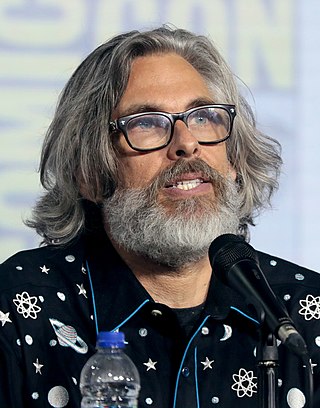
Michael Chabon is an American novelist, screenwriter, columnist, and short story writer. Born in Washington, D.C., he spent a year studying at Carnegie Mellon University before transferring to the University of Pittsburgh, graduating in 1984. He subsequently received a Master of Fine Arts in creative writing from the University of California, Irvine.

Solar is an American fictional comic book superhero created by writer Paul S. Newman, editor Matt Murphy, and artist Bob Fujitani. The character first appeared in Doctor Solar, Man of the Atom #1 in 1962 by Gold Key Comics and has since appeared in other incarnations in books published by Valiant Comics in the 1990s, Dark Horse Comics in the 2000s, and Dynamite Entertainment in the 2010s.
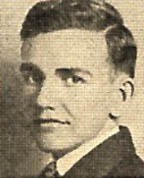
Reed Leonard Crandall was an American illustrator and penciller of comic books and magazines. He was best known for the 1940s Quality Comics' Blackhawk and for stories in EC Comics during the 1950s. Crandall was inducted into the Will Eisner Comic Book Hall of Fame in 2009.

The Amazing Adventures of Kavalier & Clay is a 2000 novel by American author Michael Chabon that won the Pulitzer Prize for Fiction in 2001. The book follows the lives of two Jewish cousins, Czech artist Joe Kavalier and Brooklyn-born writer Sammy Clay, before, during, and after World War II. In the story, Kavalier and Clay become major figures in the comics industry from its nascence into its Golden Age. Lengthy, Kavalier & Clay was published to "nearly unanimous praise" and became a New York Times Best Seller.

Michael Mignola is an American comic book artist and writer best known for creating Hellboy for Dark Horse Comics, part of a shared universe of titles including B.P.R.D., Abe Sapien, Lobster Johnson, and various spin-offs. He has also created other supernatural and paranormal themed titles for Dark Horse including Baltimore, Joe Golem, and The Amazing Screw-On Head.

Kyle John Baker is an American cartoonist, comic book writer-artist, and animator known for his graphic novels and for a 2000s revival of the series Plastic Man.

Stuart Moore is an American writer and editor of comic books and novels.
Andrew Watson is a British cartoonist and illustrator best known for the graphic novels Breakfast After Noon, Slow News Day and his series Skeleton Key and Love Fights, published by Oni Press and Slave Labor Graphics.
Christopher John Offutt is an American writer. He is most widely known for his short stories and novels, but he has also published three memoirs and multiple nonfiction articles. In 2005, he had a story included in a comic book collection edited by Michael Chabon, and another in the anthology Noir. He has written episodes for the TV series True Blood and Weeds.
Dave Stewart is a colorist working in the comics industry.

Aliens is a line of several comic books set in the fictional universe of the Alien films published by Dark Horse Comics from 1988 forward. The stories often feature the company Weyland-Yutani and the United States Colonial Marines. Originally intended as a sequel to James Cameron's 1986 film Aliens, the first mini-series features the characters of Rebecca "Newt" Jorden and Corporal Dwayne Hicks. Later series also included the further adventures of Ellen Ripley, with other stories being unique to the Alien universe and are often used to explore other aspects of the species, such as their sociology and biology, and also tying into Dark Horse Comics' Predator and Aliens vs. Predator lines. The novels by Titan Books also crossed over with the comics leading to some shared continuity.
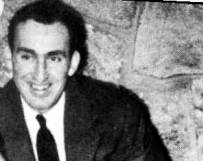
Creig Valentine Flessel was an American comic book artist and an illustrator and cartoonist for magazines ranging from Boys' Life to Playboy. One of the earliest comic book illustrators, he was a 2006 nominee for induction into the comics industry's Will Eisner Hall of Fame.
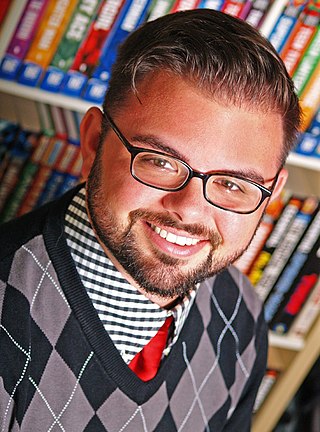
Eric Wight is an American professional artist, illustrator and animator. He is leader of the Epic Originals line at children's digital reading platform Epic.

The Indiana Jones franchise has appeared in many comic books. Marvel Comics initially held the comic book licensing rights before they were acquired by Dark Horse Comics in 1990. Marvel published adaptations of the films Raiders of the Lost Ark, Indiana Jones and the Temple of Doom, and Indiana Jones and the Last Crusade, while Dark Horse adapted the Indiana Jones and the Fate of Atlantis video game, The Young Indiana Jones Chronicles television series, and Indiana Jones and the Kingdom of the Crystal Skull.
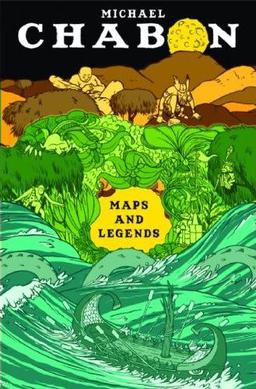
Maps and Legends is a 2008 collection of sixteen essays by American author Michael Chabon, his first book-length foray into nonfiction. Several of these essays are defenses of the author's work in genre literature, while others are more autobiographical, explaining how the author came to write several of his most popular works.
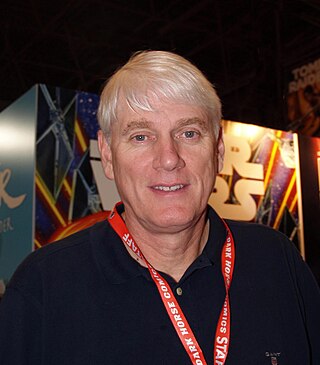
Mike Richardson is an American publisher, writer, and producer. In 1986, he founded Dark Horse Comics, an international publishing house located in Milwaukie, Oregon. Richardson is also the founder and President of the Things From Another World retail chain and president of Dark Horse Entertainment, which has developed and produced numerous projects for film and television based on Dark Horse properties or licensed properties.
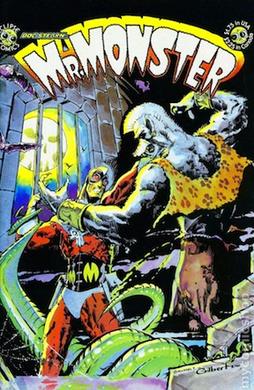
Doc Stearn...Mr. Monster is a comic book featuring a superhero created by Michael T. Gilbert, most recently published by Dark Horse Comics.
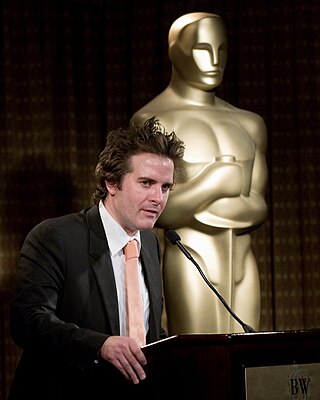
Ken Kristensen is an American screenwriter, television writer, and comic book author. Kristensen has served as writer-producer on multiple series including Shantaram, The Continental: From the World of John Wick, Echo (Disney+/Marvel), Spidey and his Amazing Friends, The Punisher (Netflix/Marvel) and Happy! (SyFy), and authored comic book series published by Image Comics, IDW Publishing, and Dark Horse Comics. His television pilots have been developed at UCP, HBO, FX, A&E, Paramount Network, and Pivot TV. Kristensen is also a member of the Writers Guild of America West, Producers Guild of America, The Animation Guild, and the Academy of Television Arts & Sciences.
This is a list of works by American author Michael Chabon.
Zavier Leslie Cabarga, popularly known as Leslie Cabarga, is an American author, illustrator, cartoonist, animator, font designer, and publication designer. A participant in the underground comix movement in the early 1970s, he has since gone on to write and/or edit over 40 books. His art style evokes images from the 1920s and 1930s, and over the years Cabarga has created many products associated with Betty Boop. His book The Fleischer Story in the Golden Age of Animation, originally published in 1976, has become the authoritative history of the Fleischer Studios.
















